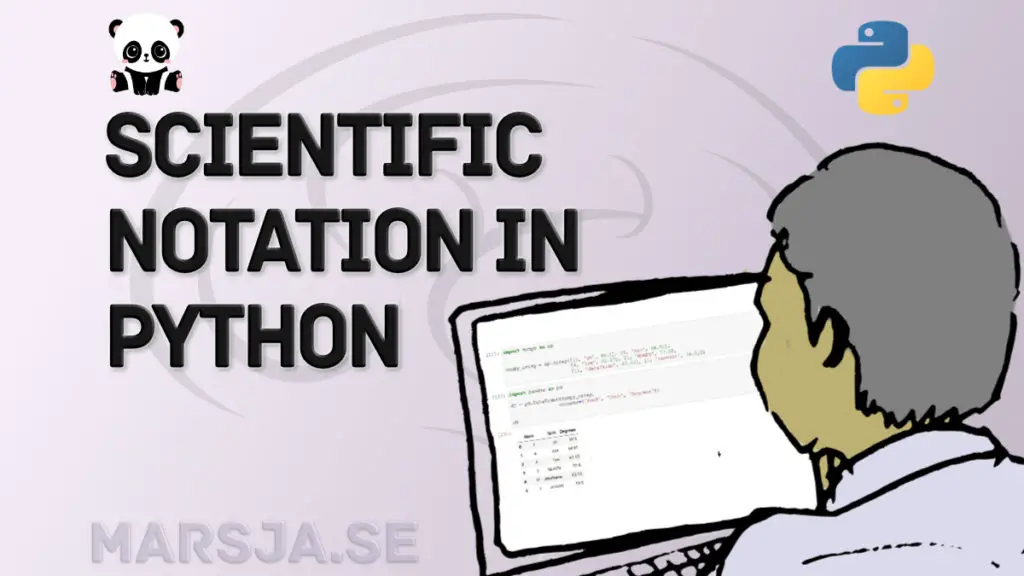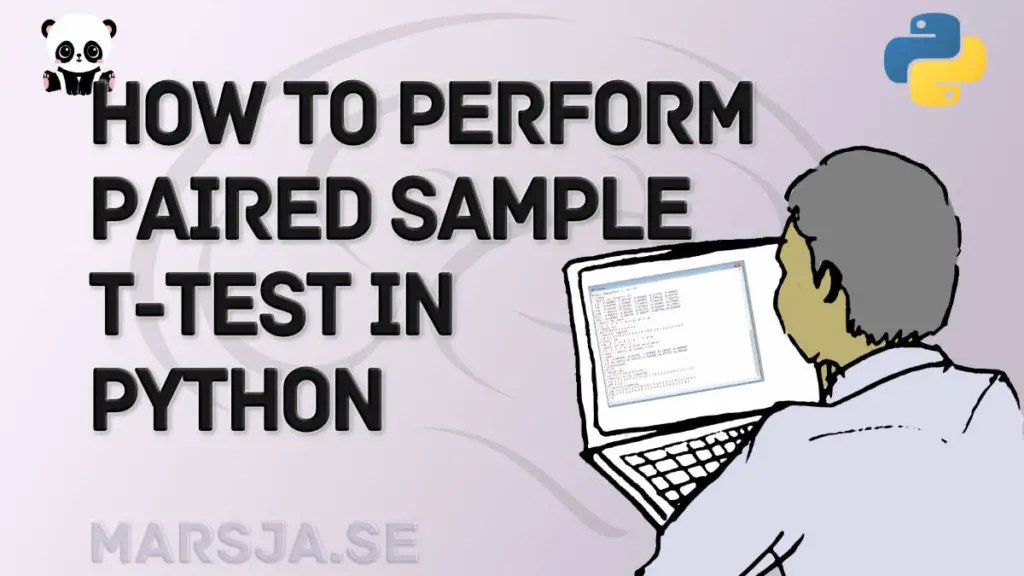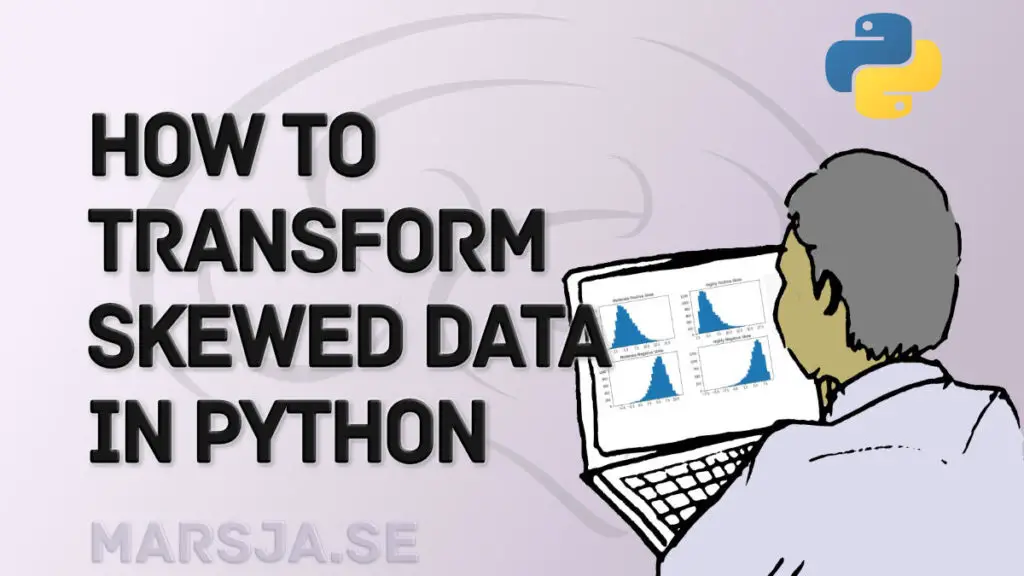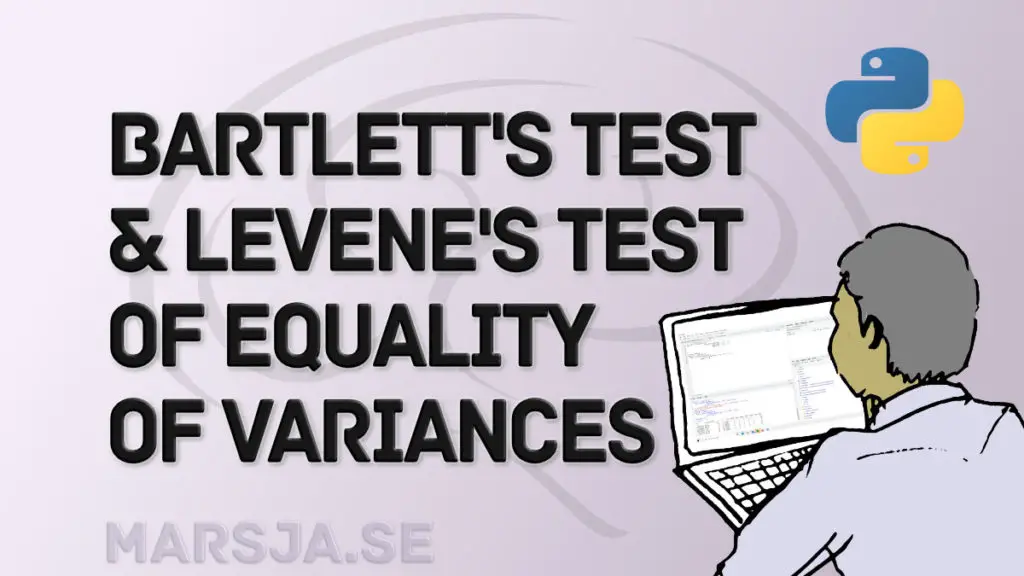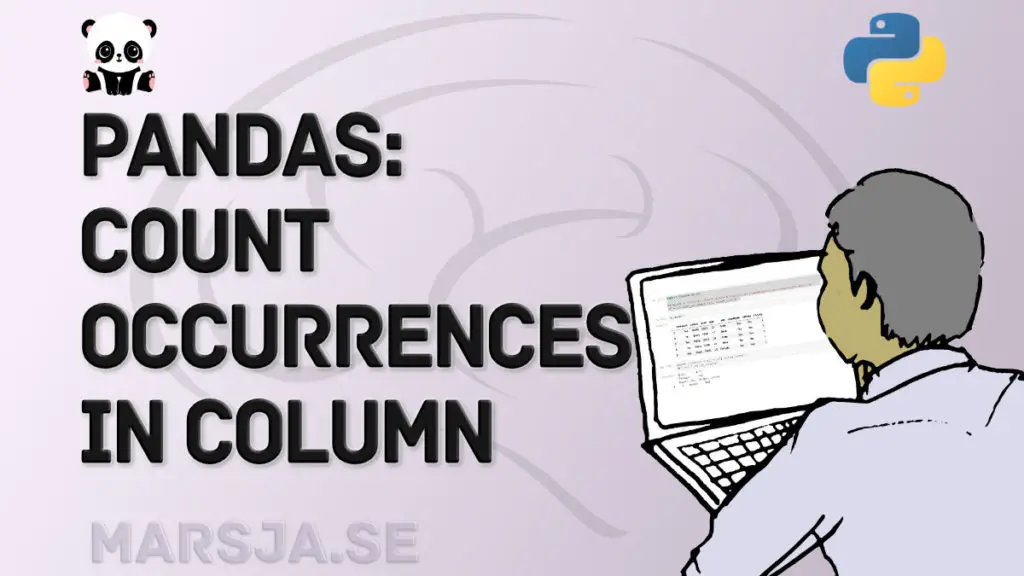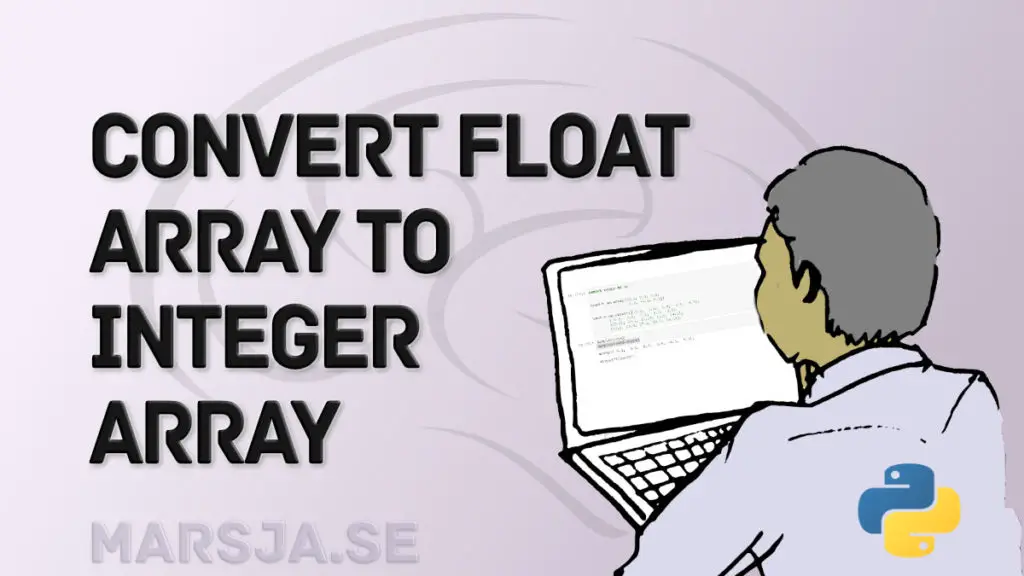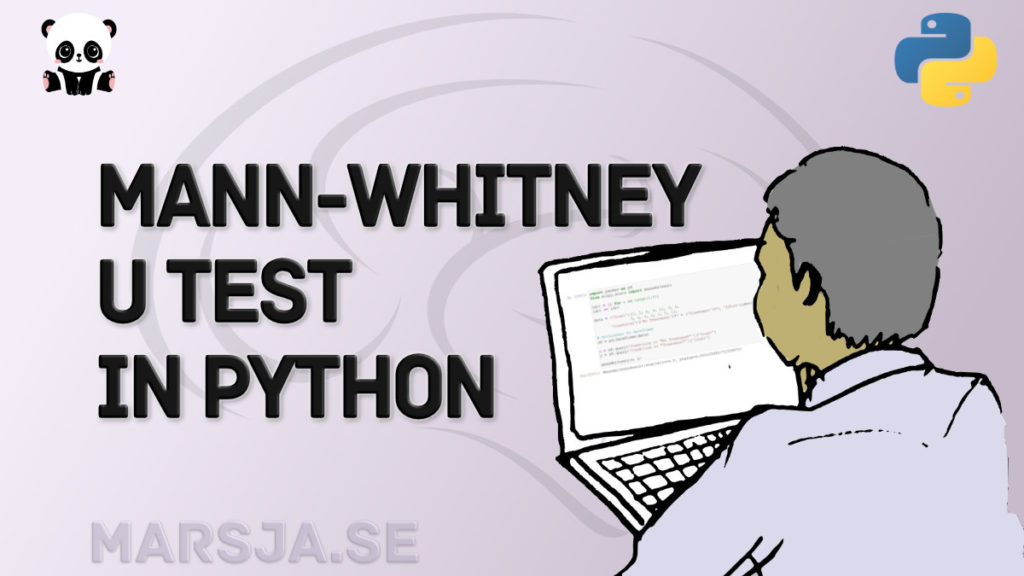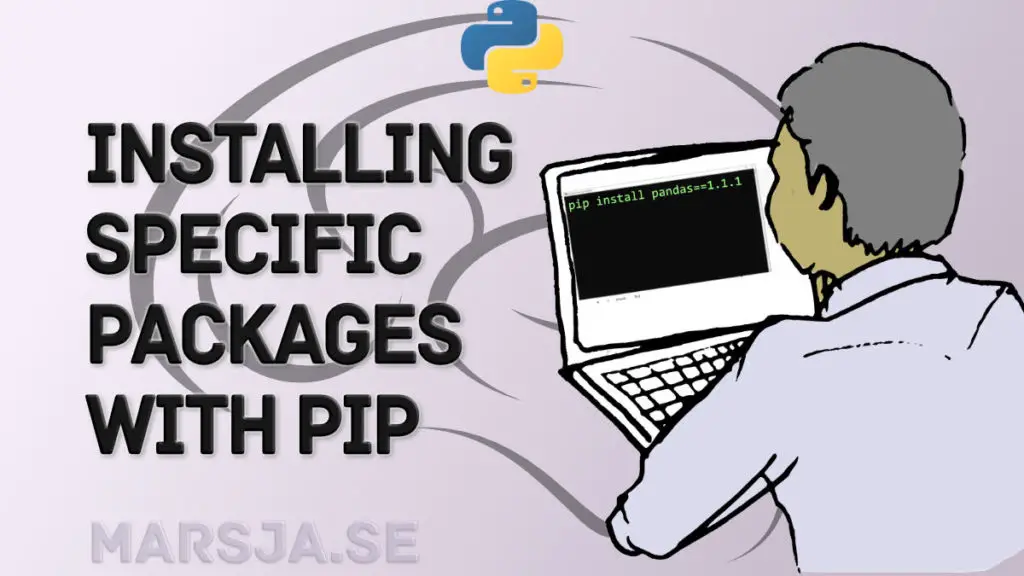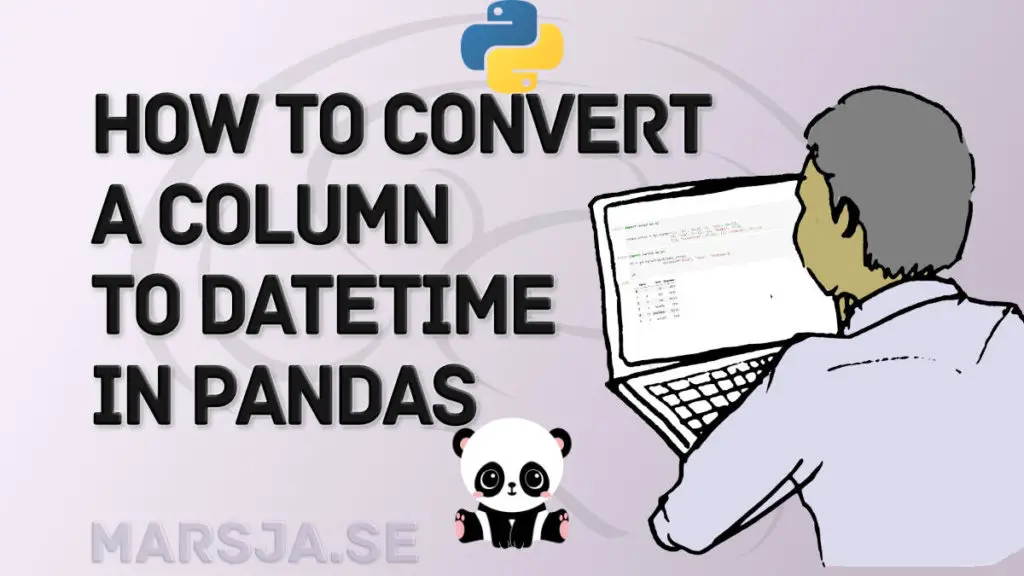Python Scientific Notation & How to Suppress it in Pandas & NumPy
In Python, it is possible to print numbers in scientific notation using base functions and NumPy. Specifically, using three different methods, you will learn how to use Python to print large or small (i.e., floating point) numbers in scientific notation. In the final two sections, before concluding this post, you will also learn how to […]
Python Scientific Notation & How to Suppress it in Pandas & NumPy Read More »
